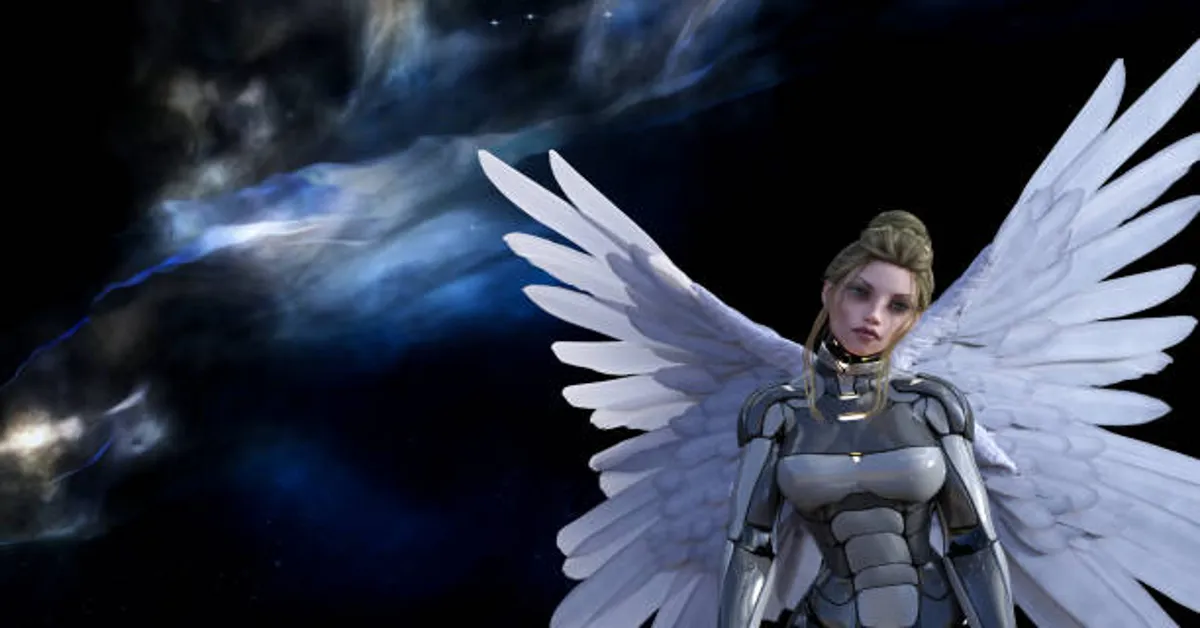In the expansive realm of fantasy fiction, few books have captured readers’ imaginations as vividly as Fourth Wing. Known for its intense world-building, intricate plotlines, and emotionally charged storytelling, the novel’s true strength lies in its characters. The rich tapestry of personalities introduced throughout the narrative weaves together a dynamic and gripping journey. This article offers an in-depth exploration of the Fourth Wing characters, shedding light on their personalities, backgrounds, relationships, and roles in shaping the story. Whether you’re a seasoned fan or a curious newcomer, this guide will give you a deeper understanding of the key figures who bring the Fourth Wing characters universe to life.
After learning about these key characters, if you find a favorite character, you can try creating some merchandise, such as custom enamel pins. You can create a free design based on your favorite character, then add your favorite elements, such as your fantasy look or a favorite color scheme. These can be created quickly.
It not only complements your outfit but also expresses your love for your favorite character. When you wear it and walk among the crowd, it will lead you to like-minded friends.

Violet Sorrengail – The Reluctant Heroine
Violet Sorrengail is the central Fourth Wing characters, and the lens through which much of the story unfolds. At first glance, Violet appears fragile and ill-suited for the physically grueling world she is thrust into. Born with a smaller frame and a list of health vulnerabilities, she was initially destined for a quieter life among scribes, preserving knowledge and studying history. However, circumstances force her into the brutal and demanding world of the Riders Quadrant, where survival often means life or death combat.
Despite her physical limitations, Violet’s most formidable weapons are her intelligence, wit, and adaptability. Throughout the narrative, she consistently outsmarts her adversaries, finding unorthodox solutions to problems and refusing to back down in the face of adversity. Violet’s transformation is a key theme of the book. Her journey from an insecure, reluctant conscript to a confident and strategic warrior underscores a central message: strength comes in many forms, not just brute force.
Beyond her personal growth, Violet’s relationships also play a vital role in shaping her character. Her loyalty, compassion, and fierce sense of justice make her both a compelling protagonist and a relatable human being struggling with loss, expectation, and identity.
Xaden Riorson – The Brooding Protector
No exploration of Fourth Wing characters would be complete without delving into the enigmatic and complex figure of Xaden Riorson. Introduced as one of the most powerful and feared upper-year cadets in the Riders Quadrant, Xaden is the son of a rebel leader. This legacy casts a long shadow over him, causing both fear and distrust among many within the ranks.
At first, Xaden is portrayed as aloof, intimidating, and perhaps even antagonistic. However, as the story progresses, his layers are gradually peeled back. Beneath his hardened exterior lies a deeply principled and protective individual who is burdened by the expectations placed upon him due to his lineage. Xaden’s interactions with Violet, in particular, reveal a more vulnerable side. While he initially keeps his distance, a slow-burning and emotionally rich relationship develops between them, built on mutual respect and shared struggles.
Xaden’s strategic mind, exceptional combat skills, and unshakable loyalty to those he cares about make him not just a love interest, but also a central pillar of the story. His growth parallels Violet’s in many ways, especially in terms of learning to trust, to lead, and to fight for what is right even when the odds are stacked against him.
Dain Aetos – The Childhood Friend Torn by Loyalty
Dain Aetos begins the story as Violet’s childhood friend and someone she initially sees as a source of comfort and familiarity. A by-the-book soldier with a strong moral compass, Dain represents the conventional path within the military structure. His concern for Violet’s safety often borders on controlling, which creates tension between his protective instincts and her need for autonomy.
Dain’s internal conflict is one of the most compelling arcs in the book. Torn between his allegiance to the establishment and his loyalty to Violet, he struggles to reconcile his ideals with the harsh realities of the Riders Quadrant. His inability to fully accept Violet’s transformation and independence causes strain in their friendship. Dain’s story serves as a cautionary tale about the dangers of rigid thinking and the necessity of adapting to changing circumstances.
He is not a villain in the traditional sense, but his actions—though well-intentioned—often place him at odds with Violet’s growing sense of agency. This complexity adds a rich emotional texture to the narrative, showing how even good intentions can lead to unintended harm.
Mira Sorrengail – The Protective Older Sister
Mira Sorrengail, Violet’s older sister, plays a significant role in the emotional fabric of the story. A decorated and powerful rider herself, Mira is a symbol of strength, discipline, and honor. She represents what Violet is expected to become, yet she also functions as a guiding and often stern figure in Violet’s life.
Mira’s love for her sister is unquestionable, but her methods can sometimes be overbearing. She struggles to balance her military mindset with the emotional nuances of her sibling relationship. Despite this, Mira’s unwavering support and her efforts to protect Violet—even from afar—provide a sense of stability in an otherwise chaotic world.
Mira’s character also serves to highlight the familial pressures Violet faces and the weight of expectations imposed on her by both her mother and society. As a seasoned rider, Mira is respected and admired, yet she too grapples with the cost of war and the sacrifices that come with leadership.
General Lilith Sorrengail – The Fearsome Mother
General Lilith Sorrengail, Violet and Mira’s mother, is a commanding presence whose decisions cast a long and sometimes painful shadow over her daughters’ lives. As one of the highest-ranking officials in the military, Lilith is renowned for her tactical brilliance and unyielding demeanor. Her insistence on Violet joining the Riders Quadrant, despite her daughter’s physical limitations, becomes a defining catalyst for the story.
Lilith is a character that evokes both admiration and resentment. She embodies the cold, pragmatic logic of a wartime leader who prioritizes results over emotions. Her relationship with Violet is particularly strained, often marked by criticism, high expectations, and a lack of nurturing. However, glimpses of deeper, more complicated emotions beneath her stern exterior suggest that Lilith’s harshness may stem from her own fears and traumas.
In many ways, Lilith symbolizes the institutional forces that shape the lives of the characters—forces that are powerful, impersonal, and often indifferent to individual suffering.
Rhiannon Matthias – The Loyal Companion
Rhiannon Matthias is one of the few characters who brings a consistent sense of warmth and camaraderie to Violet’s life. Introduced as a fellow cadet and roommate, Rhiannon quickly becomes a trusted friend and ally. Her vibrant personality, quick wit, and unshakeable loyalty make her a beloved figure among readers.
Unlike many of the other characters, Rhiannon does not carry the weight of legacy, rebellion, or power politics. This allows her to serve as a grounding force for Violet, providing emotional support without agenda. Her presence reinforces one of the novel’s quieter themes: the importance of chosen family and genuine friendship in a world defined by conflict and betrayal.
Rhiannon also grows in her own right, demonstrating courage and competence as she faces the same brutal trials as everyone else. Her bond with Violet underscores the power of solidarity and shared purpose.
Supporting Characters and Their Significance
While the main cast forms the heart of the story, Fourth Wing characters features a host of supporting characters who add depth and complexity to the narrative. These individuals may not always occupy center stage, but their contributions shape the events and the evolution of the primary characters.
Imogen
A cadet with a mysterious background and strong magical abilities, Imogen plays a key role in several pivotal scenes. Her interactions with Violet and Xaden hint at larger secrets and allegiances, adding an element of intrigue and unpredictability to the plot. Imogen represents the hidden layers of the Riders Quadrant—those who operate in the shadows and often hold more power than they reveal.
Ridoc and Sawyer
These two cadets offer both comic relief and heartfelt moments. Their friendship with Violet and Rhiannon brings levity to an otherwise tense environment. They showcase the diversity of personalities within the cadet ranks and remind readers that bravery and loyalty come in many forms.
Colonel Aetos
Dain’s father and a staunch traditionalist, Colonel Aetos embodies the rigid and often brutal values of the military institution. His presence in the story serves as a counterpoint to more progressive or rebellious characters, reinforcing the ideological battles taking place beneath the surface of the physical ones.
Themes Reflected Through Characters
One of the most compelling aspects of Fourth Wing characters is how its characters are used to explore larger themes. Each character represents a different facet of human experience: resilience, loyalty, betrayal, duty, ambition, and love.
Violet’s journey speaks to the idea that inner strength can triumph over physical limitations. Xaden embodies the tension between legacy and choice, showing that one’s past does not have to dictate one’s future. Dain reflects the danger of blind obedience, while Mira and Lilith illustrate the costs of leadership and the complexities of family bonds.
The ensemble cast, through their conflicts and connections, paints a rich and emotionally resonant picture of a world at war—both externally and within the hearts of those who inhabit it.
Conclusion
The Fourth Wing characters are not merely players in an epic fantasy tale—they are fully realized individuals who drive the story forward with their choices, struggles, and relationships. Each one offers something unique to the narrative, whether it’s Violet’s tenacity, Xaden’s intensity, Dain’s internal conflict, or Mira’s steadfastness. Their development over the course of the story is both believable and moving, rooted in the very human desire to find one’s place in a world that is often harsh and unforgiving.
By understanding these characters on a deeper level, readers gain a greater appreciation for the complexity and nuance of the world they inhabit. It is this emotional depth, combined with thrilling action and high stakes, that elevates Fourth Wing Characters beyond a typical fantasy adventure and turns it into a truly unforgettable experience.
ALSO READ: Moldavite: A Complete Guide to the Rare Cosmic Gemstone
FAQs About Fourth Wing Characters
1. Who is the main character in Fourth Wing Characters?
Violet Sorrengail is the main character. Initially expected to become a scribe, she is forced into the Riders Quadrant and gradually proves herself through intelligence, determination, and courage.
2. What makes Xaden Riorson a significant character?
Xaden is the son of a rebel and a powerful upperclassman. His complex background, evolving relationship with Violet, and moral ambiguity make him a central and compelling figure in the story.
3. Is Dain Aetos a villain in the story?
Dain is not a traditional villain but rather a conflicted character whose loyalty to the establishment and protective instincts often clash with Violet’s independence, creating tension and emotional conflict.
4. What role does Mira Sorrengail play in Violet’s life?
Mira, Violet’s older sister, serves as a protector and a role model. She is a decorated rider whose strength and discipline influence Violet’s understanding of duty and resilience.
5. Why is General Lilith Sorrengail important to the story?
As Violet’s mother and a top military commander, Lilith’s decisions dramatically impact the plot. Her cold pragmatism and high expectations add emotional and ideological complexity to the story.









